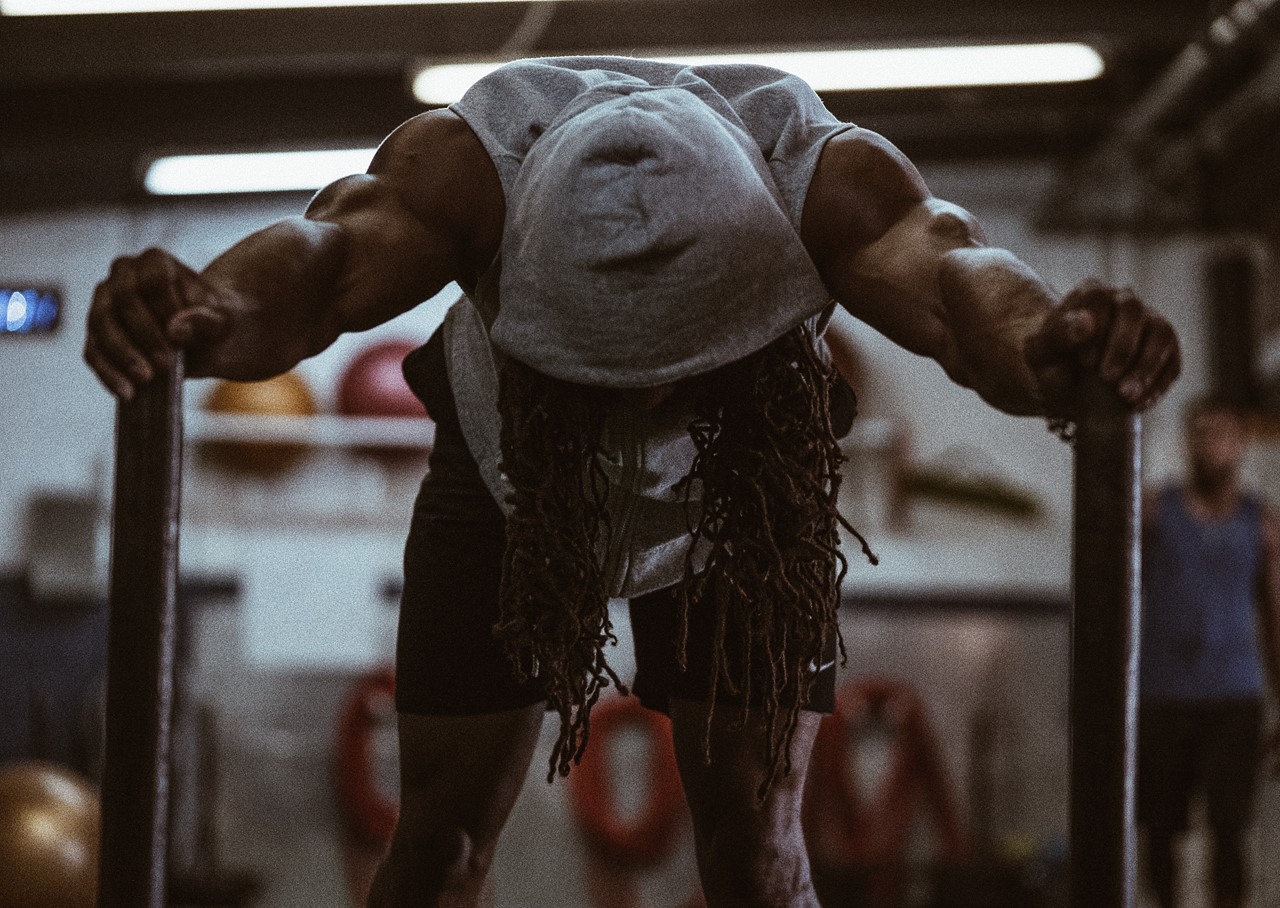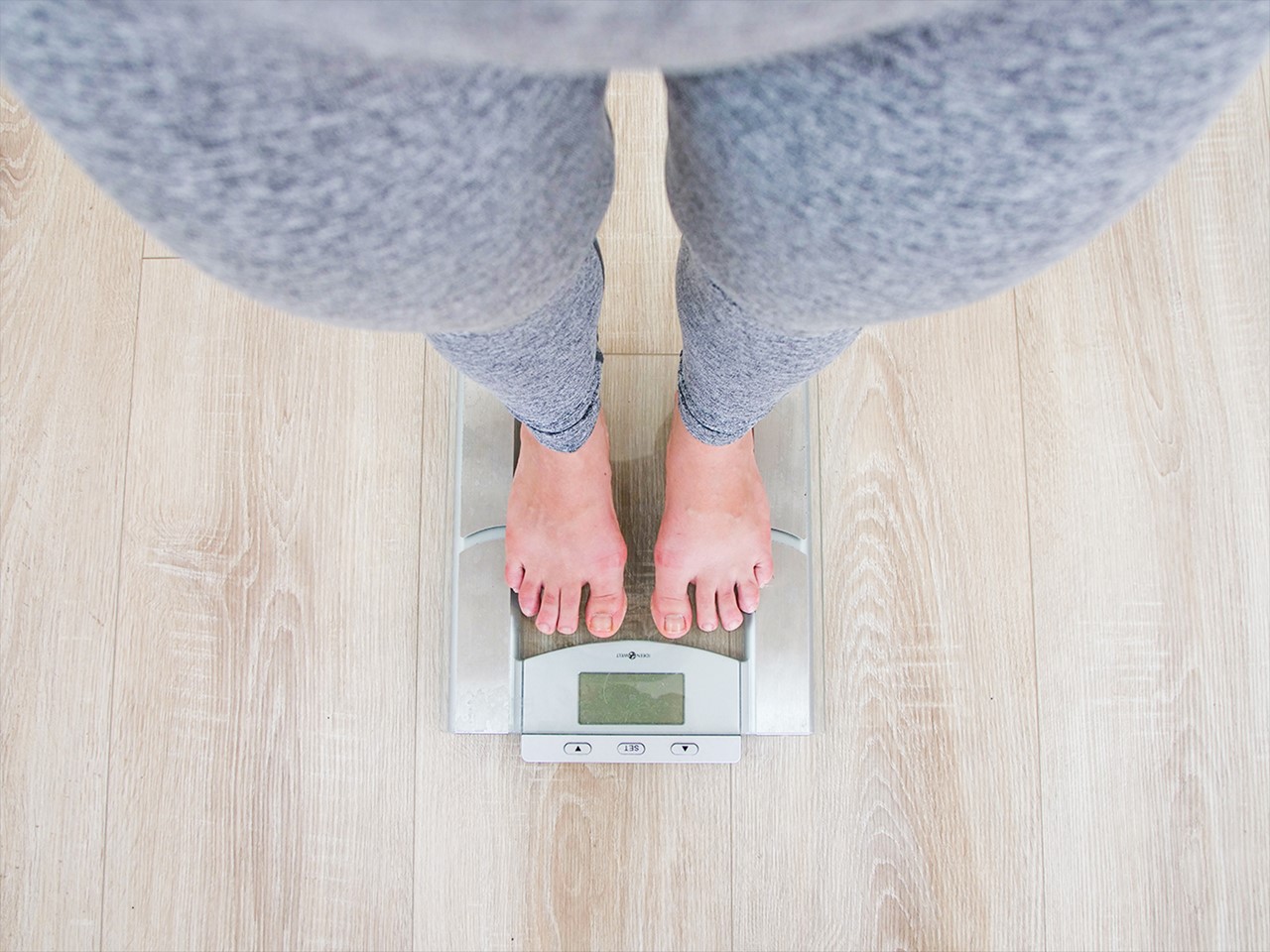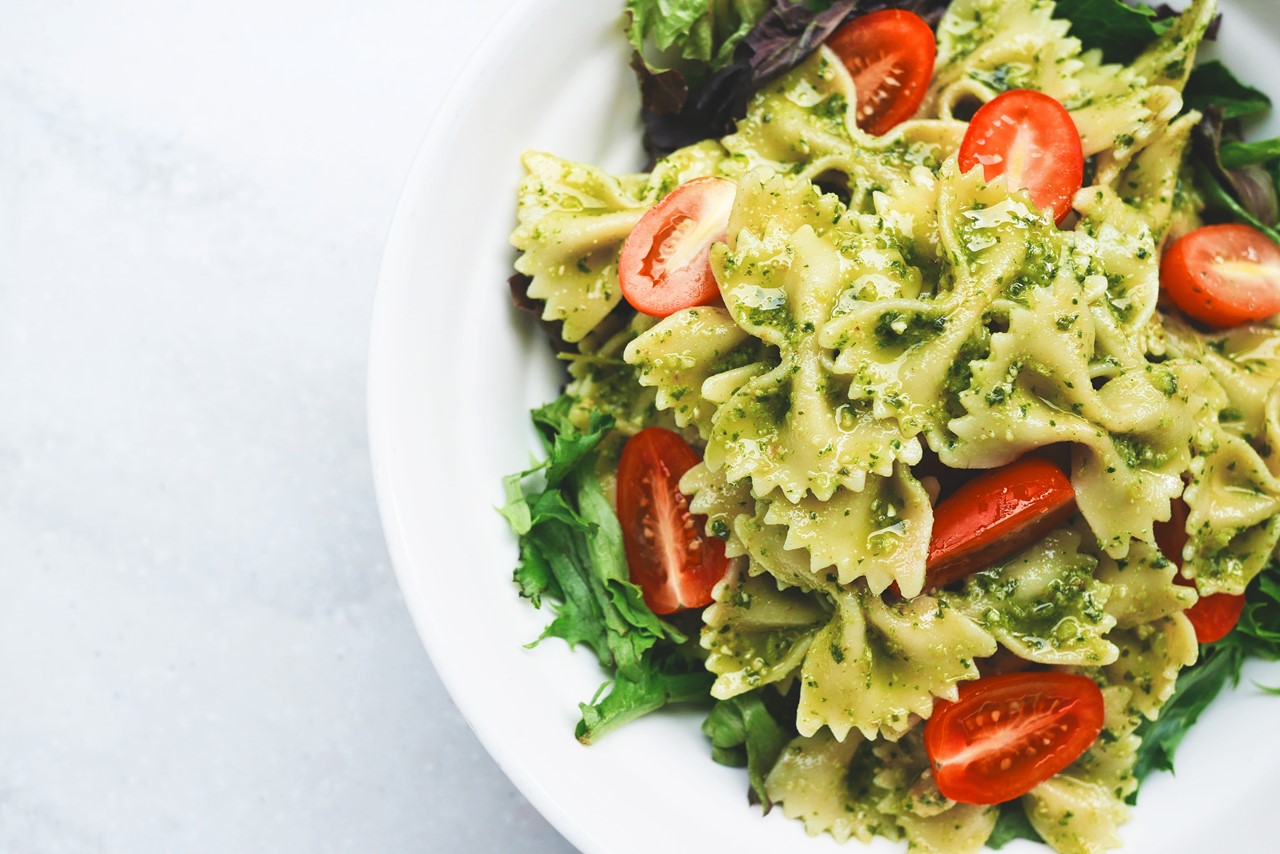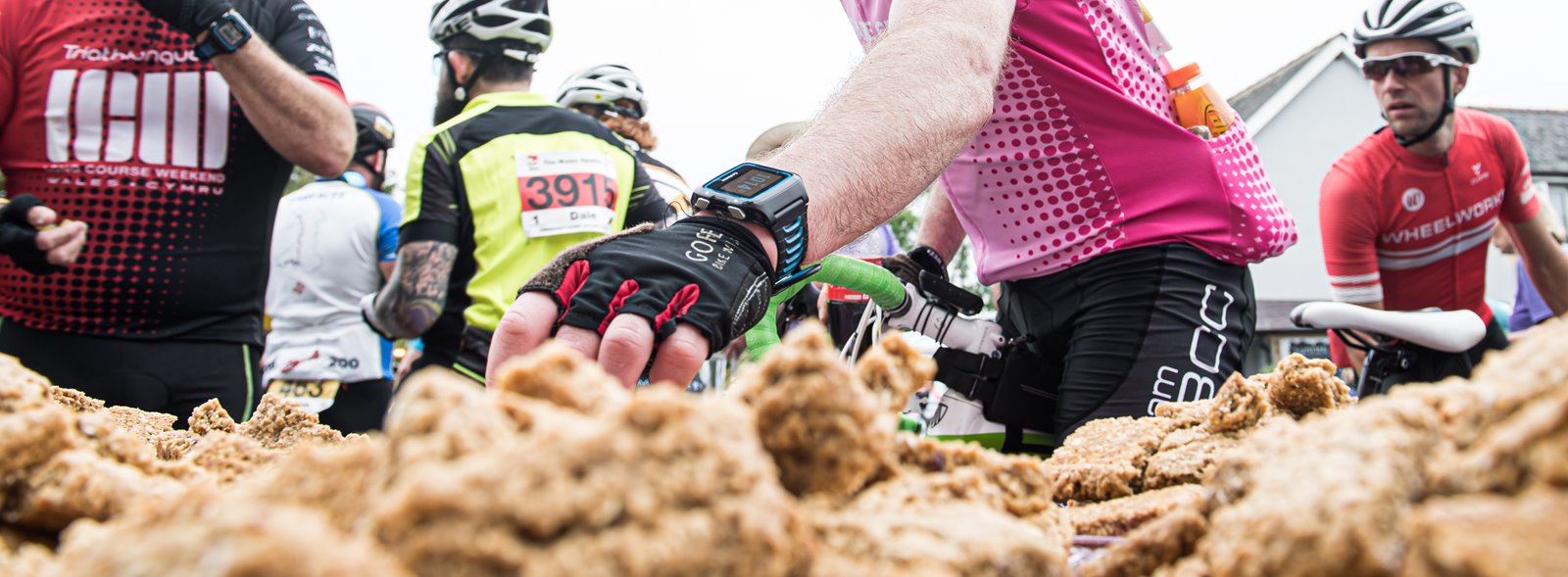Getting To Race Weight
Using optimal nutrition and exercise intensity to tip the scales in your favour
Carrying a couple of extra kilograms of bodyweight a few weeks out from your first major race leaves no time to reduce the deficit in a healthy and performance-enhancing way. The fat or obese person can probably just increase their exercise level and hey, the fat count will drop off. However, you are probably a different animal, training hard or at the very least above 'normal' and for the most part, eating quite well.
So how do you go about hitting your optimal weight? Weight (fat) loss from an athletic perspective cannot just be about nil by mouth as this will limit your performance in training, and anyway 95% of 'crash' diets fail in the first few weeks. Instead, you must attack fat loss with a holistic approach with optimum nutrition and exercise intensity. We know that fat loss will only occur when energy output exceeds energy intake, regardless of the diet’s macronutrient mixture (fad diets that will not work long term).
So, Why Don't The Diets Work?
A prudent dietary approach to weight loss unbalances the energy equation just enough to cause change. Therefore, by reducing energy intake by around 500 kcal below daily energy expenditure will produce greater fat loss in relation to the energy deficit (you must be able to train/ recover) than a more severe energy-restricted diet. It has also been shown that to crash diet the body restricts the amount of fat being burnt (which is after all our aim).
So, should you just go out and train as hard as you can, eating as little as possible? It’s so much easier than that, especially for your first two phases of training (base I & base II).
These phases teach the body to utilise its own fat stores for energy production. This can only be done (initially), at a moderate to low intensity (aerobic/ LSD). Once you start exercising hard (breathing hard) your body will predominantly use the energy stored in the muscles (glycogen).
Benefits Of Harder Workouts
The benefit of harder sessions with regards to weight loss is that your metabolic rate will stay higher for longer post hard workouts; however, this is again using the calories that are readily available at the time.
Fat/carbohydrate: From a calorific perspective as you know, fat yields much more energy than carbohydrate and will only be burnt in the presence of oxygen (aerobic). This is one of the reasons we really start to use it during longer and longer endurance events (effort has to be moderate). Importantly it’s also why, if you work too hard during endurance events without refuelling, you will bonk due to running out of readily available energy (glycogen) and not being able to tap into your abundance of fat stores.

A body's daily calorific requirements are determined by three factors:
- Resting metabolic rate (RMR),
- Thermogenesis (calories required for heat production)
- Physical activity
Water Then Fat
In a generalized trend, during the first week of a calorie-controlled diet around 70% of the weight loss is water. In weeks 2-3, it becomes 70% fat loss, 20% water and 10% protein and finally, in week 4 it can be 85% fat loss with around 15% from protein (McArdle, Katch and Katch 2001).
Weight in muscle
As triathletes, if we go from a couple of weeks of pre-winter recovery into winter training increasing our exercise levels, we will inevitably increase our muscle tone. If we were to go through a heavy period of strength training or a power phase the effect could be to increase muscle bulk (this should only be minimal) and thus possibly see an increase in weight. This could be seen as detrimental to our performance (decreased economy), however, don’t react negatively to muscle tone/ bulk if it is going to increase your performance - check the clock!
The opposite side to the above situation is when you restrict your calorie intake so much that you start to lose fat-free mass and this can lead to a drop off in performance/strength, Again, check the clock/ power meter.
The Nitty Gritty
So how do we go about calculating the number of calories we need per day? This is a tough one, as most normalized tables take into account your BMI (Body Mass Index), which in my view is a load of codswallop! For example, a 5ft5 bodybuilder with 6% body fat weighing in at 80kgs would come up as obese on a BMI scale, so as you can see this does not work for athletes.

Another method that can be used provides a couple of 'intensity levels' you have to mark yourself against; 1 being low, 2 is moderate and 3 is heavy. However, 'heavy' could be manual labour... So what about the age-group triathlete who goes to work all day on a building site and still trains 12 hours per week? Or the ironman athlete doing 20-30+ hours of endurance training per week? It's far too generic a method and does not give a good indication of the true workload carried out per day.
So we need to be a little bit more specific; the example below is the method I have used for some time now and it works quite well.
Weight goal for performance Please note, this is just an example to show the figures and not a prescription! The optimum percentage figures for fat in male and female elite triathletes were given as 5-12% and 8-15% respectively by Wilmore and Costill in 1999.
|
Weight |
72.6kg |
|
Relative fat |
25% (measured with callipers or underwater weighing is the most effective) |
|
Fat weight |
18.2kg (weight x 25%) |
|
Fat-free weight |
54.4kg (weight – fat weight) |
|
Relative fat goal |
18% (= 82% fat-free) |
|
Weight goal |
66.3kg (fat-free weight ÷ 81%) |
|
Weight loss goal |
6.3kg |
Healthy Deficit
Athletes should aim to lose no more than 0.5 – 1kg per week, losing more weight could lead to losses in fat-free mass. Once you reach the upper limit of your goal weight you should look for supervision form a professional to help reduce weight further and this should be done at an even slower rate (less than 0.5kg per week, again not to have a detrimental effect on performance). In order to change your weight by 0.5kg per week, you must decrease your intake by 200 – 500 kcal per day.
Holistic Approach
You do not have to start counting and measuring out each portion of food like a bodybuilder. If you feel you are overfat (weight), get a professional to measure your body fat percentage (use callipers pers or underwater weighing), then make some basic changes.
- Simply eat a well-balanced diet
- Snack on fruit/ veg, healthy snacks (low GI if not training)
- Cut down on carbs prior to bed (salad/veg/protein is energy enough)
- Eat little and often (never eat until you are full or stuffed)
- Keep blood sugar balanced throughout the day (little and often)
- Eat as naturally as possible (no hydrogenated fat, E numbers, etc)
- Cut down on booze (one small glass of wine is 90 calories)
- Get into good sleep patterns (you only release growth hormone during sleep)
- De-stress
- Stay hydrated
As soon as you stop over-eating (as per the majority of the western population), which is what you must have been doing if you are carrying too much fat, give it a bit of time and you will see your fat-weight start to come down.
It still takes discipline not to say “Oh that was a hard bike session, I’ll have some chocolate or another high calorific treat now,” which means you fill yourself up on foods with low nutritional benefit instead of healthy/good stuff. The other killer, if you don’t replenish energy during long rides/ runs and bonk, is that you get back home and gorge yourself on sweet stuff!
Insulin Spike
Foods with a high glycaemic index (GI), like white rice, pasta, cakes, and sweets, are often accompanied by a spike of insulin. The excessive insulin pulls too much glucose from the blood causing fatigue, hunger, and usually additional sugar cravings. This cycle continues throughout the day impeding the use of fats as a fuel and ultimately leading to weight gain. This does not mean all high GI carbohydrates are bad and should be avoided. High glycaemic index foods are very beneficial when consumed prior to, during, and following exercise (Thomas W. Nesser, PhD, CSCS).

Think about how you consume high GI foods and where they fit into your overall nutritional needs
Look after the nutritional part of your day to day life as this is where you will make a massive difference to your performance long term. The bottom line is that you need to be happy to perform and if not having any treats or crash dieting is not going to make you happy, be sensible and seek professional advice if you feel you need it.
Please keep in mind that I am not an expert on nutrition and these are just my thoughts (with some research) as a coach, on how to get to race weight sensibly. If there were experts out there who are doing things differently I would love to hear about it.









